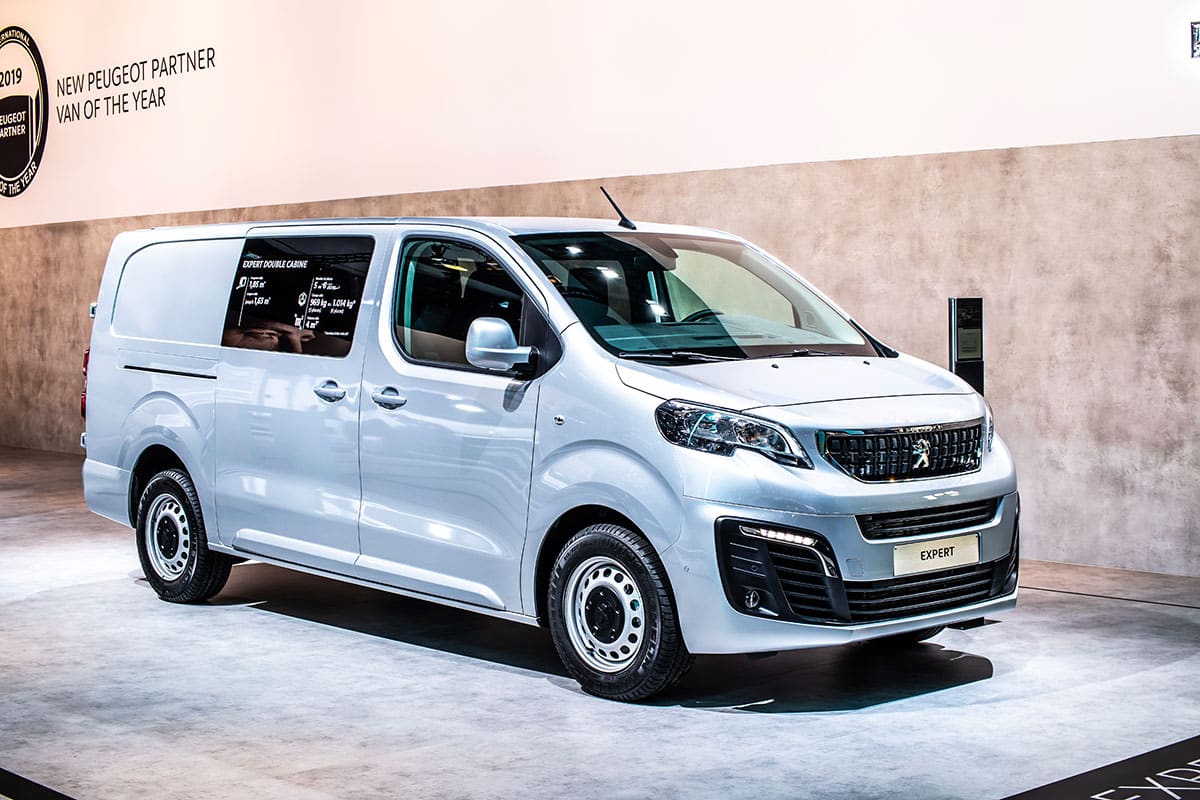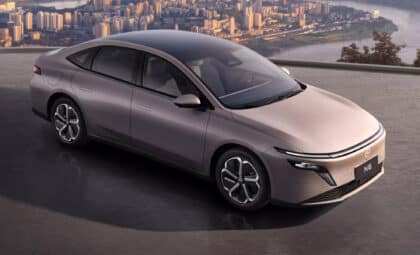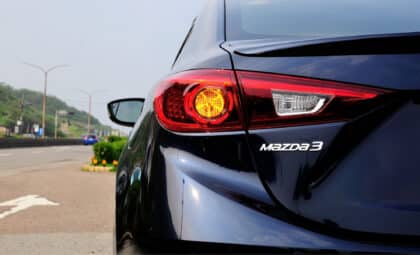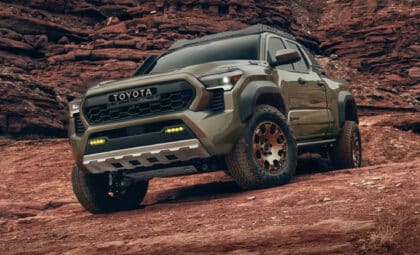The auto giant Stellantis is riding out some rough patches as it wrestles with its electric van sales in Europe, facing similar market challenges. This situation matters not only for the company but also for the whole industry and green policies (think shifting to cleaner energy). With the European Union (EU) setting its sights on ramping up electric vehicle sales, Stellantis is at a point that could send shockwaves through its operations and beyond.
Electric van sales hiccups
Under the guidance of its European boss Jean-Philippe Imparato, Stellantis is dealing with a pretty tricky situation with its electric van numbers. The EU wants electric vans to make up about 24% by 2027, but right now, they’re only about 9% of sales. This gap could cost Stellantis big time—potential fines of €2.6 billion over three years if they don’t hit the target. Imparato even warned, “If I pay this penalty, I crash factories, it’s written” (meaning factory shutdowns might be inevitable).
Even though there was a 32.6% jump in sales of electric and plug-in hybrid vans in Europe during the first quarter, these rides still only represented 8.7% of all sales. Economic uncertainties and the steep price tag on electric models make matters worse, not to mention the shaky nature of purchase bonuses designed to lure buyers.
Industry moves and ideas
To tackle these hurdles, Imparato has teamed up with industry bigwigs like John Elkann and Luca de Meo to ask the EU to rethink its tough rules, while considering international expansion strategies. One of his ideas is to mix the CO2 numbers for cars and vans to spread out the emissions load (kind of like balancing the books on polluters). He’s also pitching a fresh trade-in bonus program to swap out older, dirtier vehicles for newer, cleaner ones—even if those new rides aren’t completely electric.
Imparato’s concerns have even made their way into political halls, including the Italian Parliament, where he says he’s won some backing. Meanwhile, other players such as Renault have stayed mum publicly, though they admit meeting the current electrification benchmarks is no walk in the park.
EU rules and factory worries
The EU’s daring plan is to have 100% electric sales by 2035 for new cars and vans. Manufacturers have a break until 2025 before fines start coming down hard. Still, the timeline is a tall order given the booming demand for commercial vehicles and the current economic headwinds.
Stellantis runs several key factories across Europe that could feel the fallout. For example, the Hordain plant in France, which churns out small vans for brands like Citroën, Peugeot, Fiat, Opel, and Toyota, employs 2,600 workers. Other important sites include Atessa in Italy; Vigo in Spain; Ellesmere Port in the UK; Rüsselsheim in Germany; and Gliwice in Poland.
ACEA’s take and what’s ahead
The European Automobile Manufacturers Association (ACEA) is calling for better support measures to help smooth this transition. They’re asking the EU to boost the charging network, refine incentive programs, and lower energy prices (all key ingredients for a smoother switch to electric drivetrains).
As Jean-Philippe Imparato put it, “We are a few months away from a tragedy.” That comment really sums up the sense of urgency at Stellantis and throughout the industry as companies try to balance their business goals with new rules while keeping operations steady.
In the end, Stellantis’ challenges reflect a wider story faced by automakers everywhere as they adapt to a fast-changing market fueled by new tech and evolving regulations. For everyone involved—from lawmakers to everyday buyers—this unfolding saga is full of lessons and chances to shape a future of more sustainable mobility.









